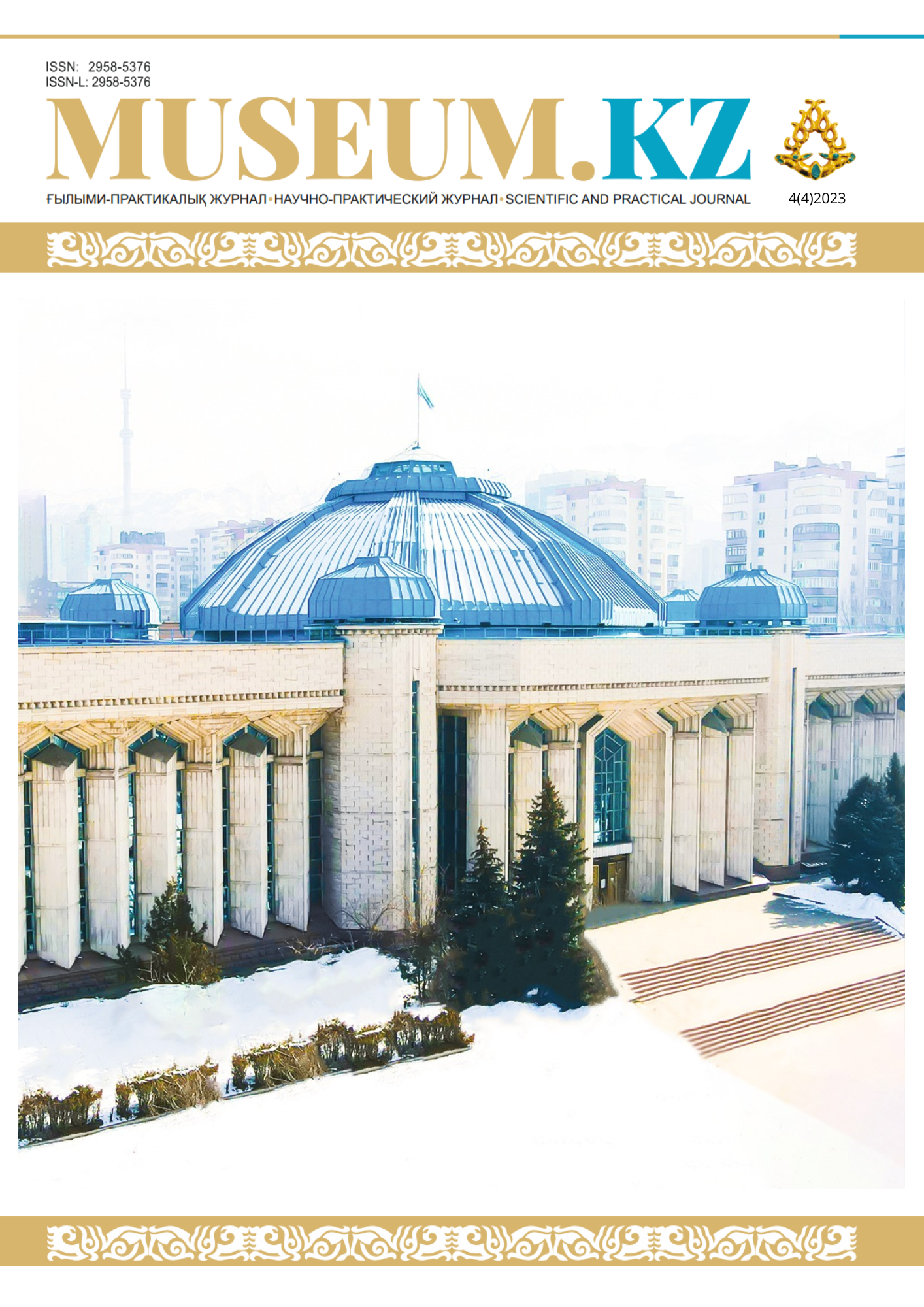THE HISTORY MUSEUM AND ITS ROLE IN SHAPING THE POLITICS OF MEMORY AND IDENTITY IN MODERN KYRGYZSTAN
DOI:
https://doi.org/10.59103/muzkz.2023.04.08Keywords:
historical museum, politics of memory/oblivion, clots/places of memory, national identity, nation-state buildingAbstract
There is a relationship of interdependence between national identity and historical memory, since social identity is rooted in memory. Nation-state building requires the return of nationally-oriented memory (national narrative) to identity politics. One of the most important tools (platforms) for the formation (nationalization) of national consciousness and demonstration of the “horizontal unity” of the nation is the space of the museum. The survey revealed the need to create a new collective memory and renew the “collective faith.”
Materials and research methods. The museum space, through authorized interpretation, pedagogical and didactic influence on the visitor, can reboot the collective/communicative memory. The concept of “mnemonic places” (memory places/lieux de memoire) by P. Nora provides new theoretical and methodological resources and opportunities. Why is it necessary to identify the main events and phenomena in historical memory and elements of identity (names, natural and anthropological objects, things and events, monuments, words and rituals, taboos, symbols and traditions, literature and art, etc.), which can be used for the subsequent development of recommendations for making changes and additions to the thematic structures of permanent exhibitions of historical museums. We tested the methodology and conducted a survey using questionnaires.







